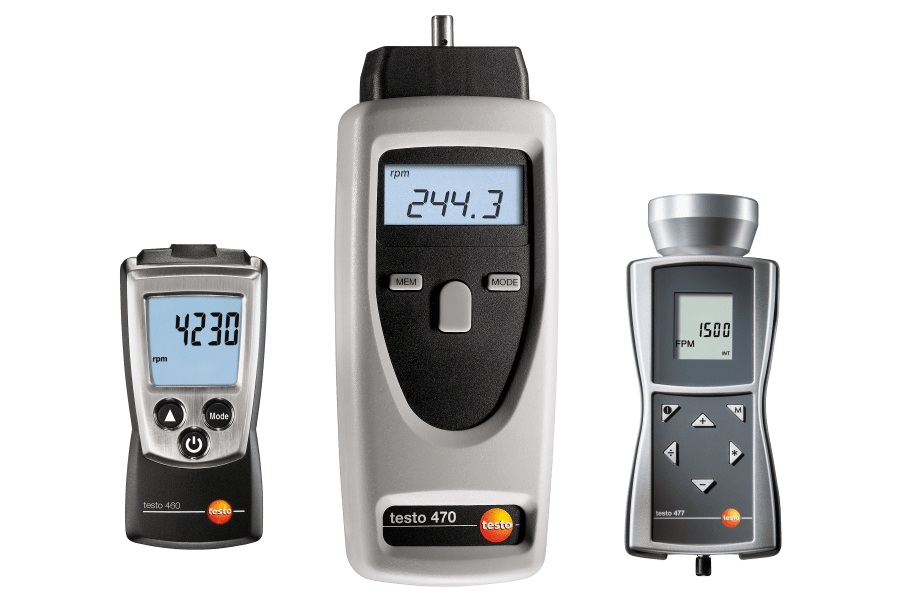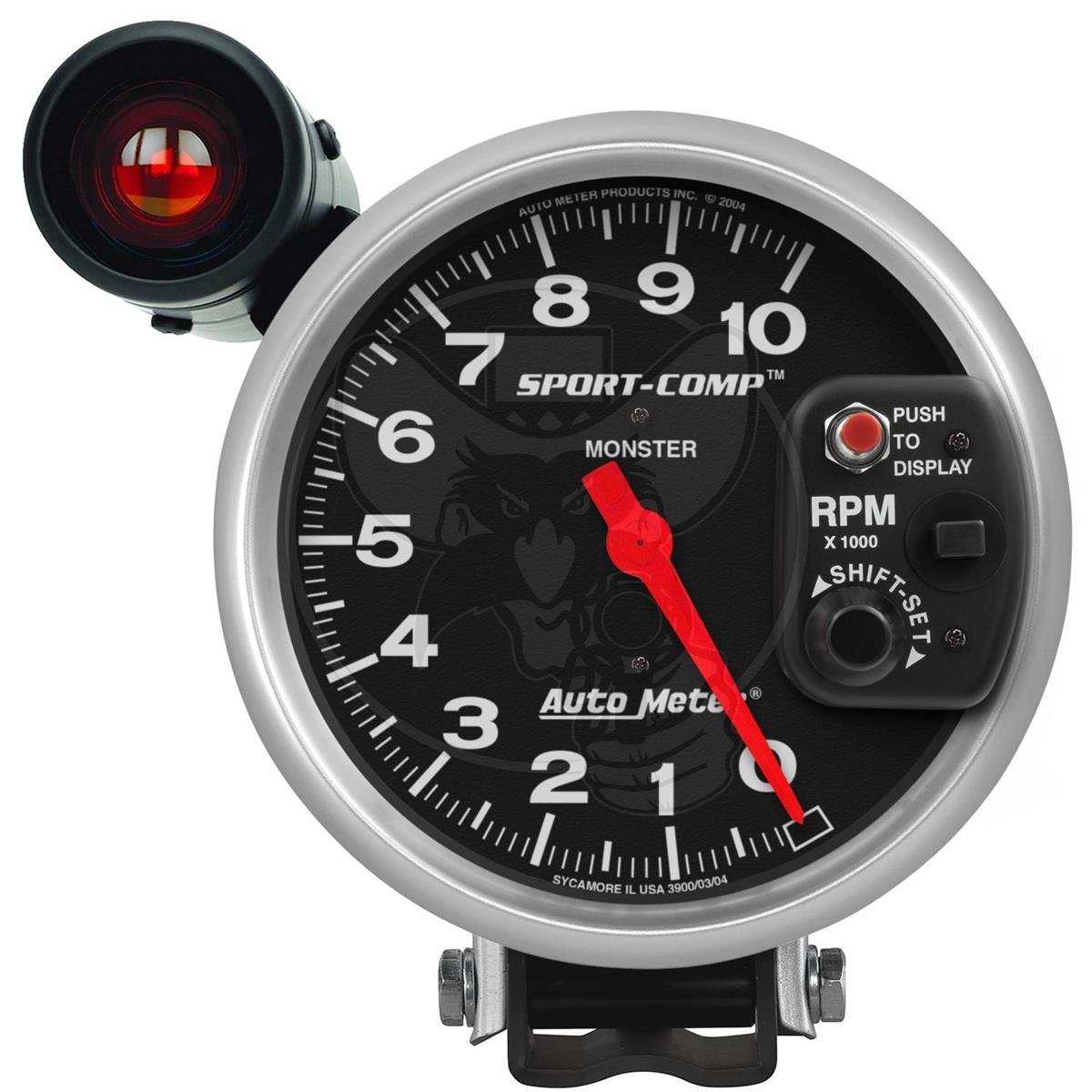Opening the Keys of Tachometers: Every Little Thing You Required to Learn About This Essential Tool in Your Automobile
Comprehending the ins and outs of tachometers can provide beneficial insights right into your lorry's efficiency and maintenance demands. From measuring engine speed to deciphering the information it offers, tachometers work as a vital tool for vehicle proprietors and fanatics alike. By unwinding the secrets behind this important tool, you can open a riches of information that can boost your driving experience and make sure the durability of your car.
Importance of Tachometers
The value of tachometers hinges on their ability to give vital real-time information regarding an engine's rotational speed, permitting accurate tracking and maintenance of machinery. By measuring the changes per minute (RPM) of an engine's crankshaft, tachometers use important understandings into the engine's efficiency - tachometer. This data is important for ensuring that the engine runs within its ideal array, preventing prospective damage from over-revving or underperforming
Tachometers play an essential function in aiding operators and professionals find any kind of abnormalities in the engine's speed, which might show problems such as gas inefficiency, mechanical troubles, or excessive stress on the engine. By without delay determining these concerns through tachometer readings, upkeep can be performed proactively, stopping costly repair work and downtime in the lengthy run.
Furthermore, tachometers are especially crucial in high-performance cars and equipment, where specific control over engine speed is required for ideal operation. Competing cars, aircraft, and industrial devices count on tachometers to supply peak performance while maintaining security requirements. Essentially, tachometers are not simply tools for gauging speed but vital devices for making certain the smooth and efficient operation of engines across various applications.
How Tachometers Step Engine Speed
Using sensors that discover the frequency of electrical pulses created by the engine's ignition system, tachometers precisely determine the rotational rate of an engine. By checking the rate at which these pulses are received, tachometers give real-time comments on how quickly the engine's crankshaft is turning per minute, generally described as revolutions per min (RPM)
The tachometer's sensor, often attached to the engine's ignition coil or stimulate plug wires, selects up the electrical signals generated each time a cylinder fires. These signals are after that converted right into RPM readings displayed on the scale or instrument cluster within the driver's sight. Tachometers can be analog or digital, with contemporary cars generally featuring electronic displays for specific and instantaneous RPM analyses.
This information is critical for chauffeurs to recognize the engine's performance, stop over-revving, optimize gear changing, and guarantee reliable fuel usage. By properly gauging engine speed, tachometers play an essential role in assisting vehicle drivers operate their automobiles securely and efficiently.
Translating Tachometer Analyses
Having a clear understanding of Click Here how tachometers determine engine rate sets the structure for effectively translating the RPM analyses presented. Interpreting tachometer readings is critical for optimal car efficiency and engine wellness. RPM (Revolutions Per Minute) readings on the tachometer suggest the rate at which the engine's crankshaft is revolving. When the engine is idling, the tachometer needle generally rests around 600-1000 RPM, depending upon the automobile. As you increase, the RPM will certainly increase, reflecting the engine's higher rotational speed. When moving gears in a hands-on transmission automobile, the RPM will certainly go down as you involve the clutch and change gears, then rise again as you accelerate in the new gear. Keeping track of the tachometer can assist you identify the most effective moving indicate make the most of gas economic situation and engine power. In addition, uncommon variations or continually high RPM analyses might suggest prospective problems with the engine that may require professional focus. By taking notice of the tachometer analyses and understanding exactly how to interpret them, you can ensure your lorry runs efficiently and effectively.


Tips for Utilizing Tachometers Properly
To improve driving read this article effectiveness and maximize engine performance, what key techniques can be carried out for successfully using tachometers? Tachometers are critical tools that give real-time feedback on engine speed, enabling motorists to make enlightened decisions for much better performance - tachometer. Here are some pointers for utilizing tachometers effectively:
Recognizing Optimal RPM Array: Familiarize yourself with the optimum RPM (Revolutions Per Min) range for your car. This array varies in between different cars and is normally shown in the owner's handbook. Maintaining the engine within this range can enhance gas performance and prolong the engine's life expectancy.
Shifting Gears at the Right Time: Utilize the tachometer to establish the very best time to change equipments. Upshifting too early or far too late can lead to lowered performance and efficiency. Aim to shift gears when the RPM reaches the ideal variety for the following equipment.
Keeping An Eye On Engine Anxiety: High RPMs for long term periods can strain the engine. Keep an eye on the tachometer to prevent over-revving, especially during velocity or when lugging hefty tons.
Tachometers and Automobile Maintenance
When thinking about car maintenance, tachometers play an important function in keeping track of engine performance and spotting potential concerns. Tachometers give crucial information on engine speed, allowing drivers and technicians to make sure that the engine is operating within the recommended RPM array. Consistently checking the tachometer analyses can help identify troubles such as engine misfires, damaged spark plugs, or issues with the gas delivery system. By paying attention to the tachometer, vehicle drivers can stop excessive pressure on the engine, which can cause costly fixings down the line.
Along with detecting potential concerns, tachometers can additionally assist in enhancing fuel performance. By keeping the engine rate within the optimum variety, vehicle drivers can improve their gas mileage and minimize gas intake. This not just benefits the motorist's wallet but additionally official website adds to ecological conservation by lowering dangerous emissions.
Verdict

 Jonathan Taylor Thomas Then & Now!
Jonathan Taylor Thomas Then & Now! Amanda Bearse Then & Now!
Amanda Bearse Then & Now! Brandy Then & Now!
Brandy Then & Now! Gia Lopez Then & Now!
Gia Lopez Then & Now! Lucy Lawless Then & Now!
Lucy Lawless Then & Now!